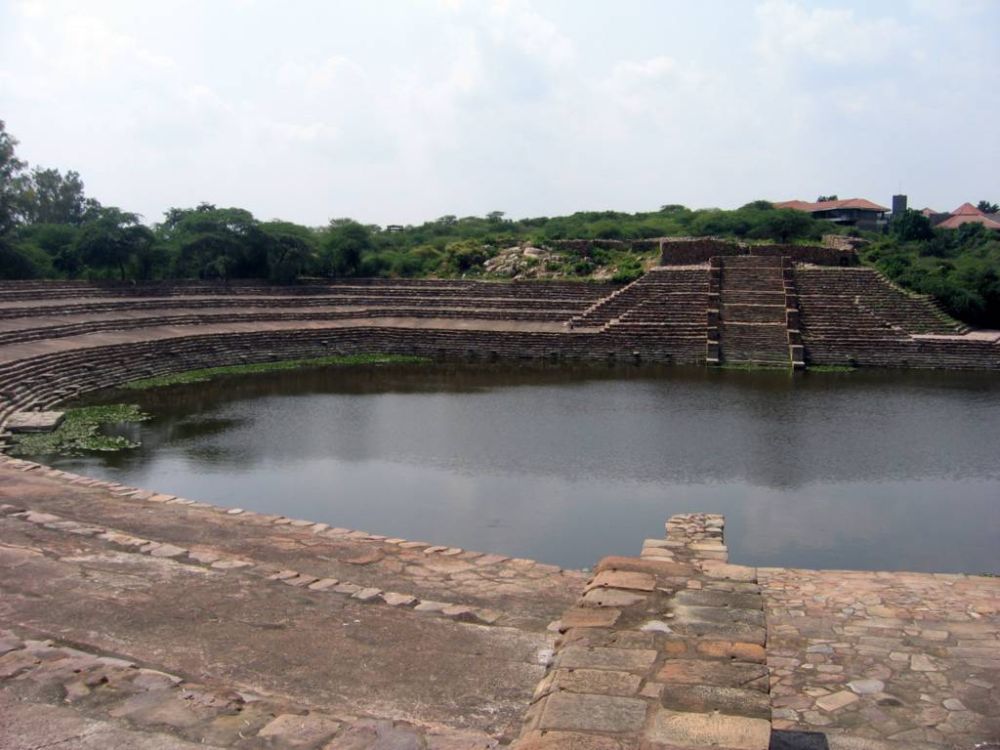

Situated in the heart of Haryana, the historical area of Surajkund in Faridabad has been a focal point of culture, heritage, and tourism for many years. This destination is famously known for the Surajkund International Craft Mela that has not only preserved the uniqueness of Indian folk traditions and cultural heritage but has also contributed significantly to the promotion of tourism in the region.
The inception of tourism in Surajkund is intimately linked with the inception of the Surajkund Mela, first organized in 1987. The fair was established to showcase the richness and diversity of the handicrafts, handlooms, and the cultural fabric of India. The Mela offers skilled artisans from Indian states a platform to display and sell their crafts directly to the customers. Over the years, the event has become one of the most important on the tourist calendars, not just for domestic but for international visitors as well.
The fair, initially national, received international status in the year 2013 when craftsmen from multiple countries started participating. This international participation has given an incredible boost to the tourism industry in the area.
Every year, one of the Indian states is chosen as the theme state and one international country is chosen as a partner nation, thereby sowing the seeds for cultural exchange and fostering a spirit of global brotherhood. This move has significantly escalated the footfall and injected new life into the local tourism sector.
Beyond the Mela, Surajkund is also famed for its 10th-century reservoir named after the Sun temple which once stood on its western bank. The ancient reservoir, which translates to 'Lake of the Sun', is an integral part of the Surajkund's history attracting tourists interested in ancient Indian architecture and the tale of the holy pool.
With the rising interest in experiential travel, tourists visiting Surajkund are looking for more than just a shopping experience. The latest trend sees a push towards cultural immersions, where apart from the Mela, tourists are eager to experience local lifestyles, cuisines, and participate in workshops directly with the artisans.
Eco-tourism is also gaining traction with visitors emphasizing the need for sustainable travel, conservation of the local flora and fauna, and lesser environmental impact. Thus, emerging trends such as farm stays, rural tourism, and nature walks are becoming part of Surajkund's tourism offerings.
The advent of digital platforms and social media has been a game-changer for Surajkund. Now, tourists can engage with the destination online, take virtual tours, and book tickets for the Mela. The online visibility of the fair has enhanced global reach and increased awareness about this vibrant destination.
Surajkund's legacy as a hotspot for culture and tourism continues to grow with each year, blending traditional elements with modern demands, ultimately presenting a dynamic and colorful canvas to all those who visit.